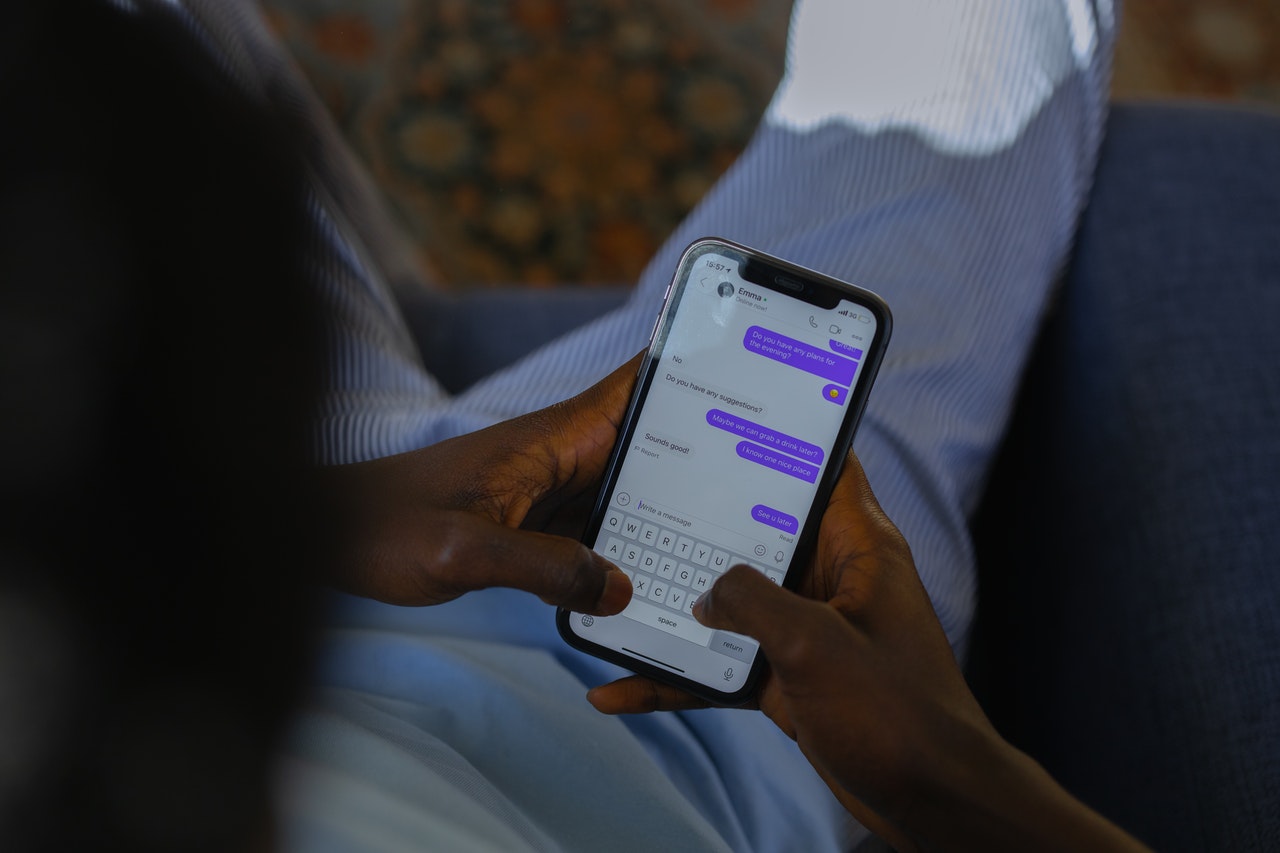Social Dating Apps Verification Problems
For many users of online dating apps or websites, the threat of catfishing is an ever-present danger.
For those who have never experienced catfishing, one you are incredibly lucky, and two it is when an individual creates a fake profile using another person’s images, often taken from social media, and uses the fake profile to make matches.
There are a variety of reasons why this is done, from individuals struggling with depression and mental illness or to commit fraud and extortion. Regardless, catfishing leaves more than just an unsavory taste in the mouth of users.
COVID-19 and the Catfish
Many will look back on 2020 as a year for the books and for all the wrong reasons. One such reason was the steep increase in romance scams. This was driven by the massive increase in people using dating apps as well as nefarious individuals looking to make a profit.
In 2019, stats regarding this type of scam revealed that victims lost a combined 201 million USD. It is safe to assume that these numbers will see a significant increase in the following years.
It is important to note that half of the reported cases arise from people creating fake profiles on traditional social media platforms like Facebook and Instagram. However, dating apps are also used to carry out scams.
The expected significant increase in catfishing numbers is driven by several factors. One important one for users to recognize is that the COVID-19 pandemic forced many of our social interactions online including dating.
Our increased reliance on dating apps left us vulnerable to the less than noble intentions of cybercriminals. Major players in the online dating app world were seeing by many as slow to react at best, at worst contributing to the normalization of sexual assault.
Not just Catfishing to Worry About
 Catfishing is one of the dark spots on the online dating record but there are other threats users are faced with on a daily basis.
Catfishing is one of the dark spots on the online dating record but there are other threats users are faced with on a daily basis.
One such threat is the continued danger of sextortion scams. These typically involve a threat actor to gain compromising information on the victim such as the adult websites they visit or compromising images they would not want to be released to the public. The threat actor will threaten to release the information unless they are paid a fee.
Many of the world’s largest sextortion operations rely on spam email campaigns but enterprising scamsters realized that catfishing tactics work equally well.
On dating apps a typical sextortion campaign involves a threat actor creating fake profiles to match with unsuspecting users. Once a match is made the scammer will look to take the conversation to another platform like Whatsapp or Telegram. Once this is successfully done the scammer will share images, often far more adult in nature than a typical Tinder profile will allow, in the hope that the match will reciprocate.
Again it is important to note that the pictures used by the scammer are often stolen from social media or other platforms. Once the user reciprocates they can be considered a victim. The scammer will then attempt to threaten the victim with the release of the images unless they are paid an amount of money.
The Need for Stronger Verification
Both catfishing and sextortion scams on dating apps abuse a platform’s weakness in being able to create fake profiles.
Given the massive spike in people relying on online services through the pandemic, the danger posed by scammers likewise skyrocketed. Scammers had long understood that by creating fake accounts they could use these as a vehicle to steal personal data to commit fraud and identity theft.
This begs the question, how easy is it to create a fake profile? The answer to this is “with ease”. A quick Internet search will reveal a few dozen websites providing instructions on how to do this.
While dating apps will include security updates and teams to remove fake profiles it can be argued that the apps themselves are inherently insecure. This is in part to the nature of social platforms and how willing we are to share information on them as well as problems with authenticating users.
A scammer or cybercriminal organization can gain details on individuals through social engineering, as in the case where the victim believes they have met a love interest and hand over details almost willingly but under false pretenses, untold damage can be done.
What is more, is that this means that traditional security measures like passwords and security questions are easily bypassed. This means that they cannot be trusted as a method of verification. The need for stronger verification is needed to prove that users are who they say they are. This ultimately benefits the entire community of users.
This does provide developers with a unique problem in what level of authentication to provide. As has been seen, passwords are easily bypassed, especially if users insist on using weak passwords. Looking at you with the password “qwerty”.
Multi-factor authentication is another method that is harder to circumvent, however, if a phone is lost or details changed without being updated on the platform a user may be locked out for good. Biometrics like facial recognition, fingerprint scanners, and voice recognition are slowly becoming more prevalent but have been bypassed by researchers and hackers alike. Perhaps a different approach is needed then?
Flirtitni’s Answer
 A new social media dating app that has hit the US, Flirtini, has placed a strong emphasis on being able to verify users. Further, the developers have also used AI to help by creating a neural network to help prevent instances of fake profiles.
A new social media dating app that has hit the US, Flirtini, has placed a strong emphasis on being able to verify users. Further, the developers have also used AI to help by creating a neural network to help prevent instances of fake profiles.
Through the use of AI and neural networks, systems will develop that become better at spotting patterns. These patterns can be used to map out the behavior of those creating fake accounts. In time they can even predict behaviors that can drastically decrease instances of fake profiles as well as a scammer’s ability to create a fake profile.
This is certainly not the most cost and efficient approach as the company could have simply relied on people, to be honest instead of investing in these measures. But as we see above simply relying on humanity’s better nature is not an option.
By having stronger verification protocols users can feel safe in the knowledge that they are interacting with people who have verified who they are. This measure of safety is further vetted by Flirtini’s AI technology.
This approach is to be lauded as it will result in people creating meaningful relationships without the specter of “is this person real” floating in the peripheral.

The Ideas Plus Business Editorial team is responsible for this post. For collaborations and partnership requests, kindly send an email to the Editorial Team at ideasplusbusiness[at]gmail[dot]com for the terms and conditions. You can also follow IdeasPlusBusiness.com on Twitter here and like our page on Facebook here.

